Scientific name Cotingidae Phylum Chordata Order Passerine | Suborder Tyranni Higher classification Tyranni Rank Family | |
Lower classifications Cock‑of‑the‑rock, Andean cock‑of‑the‑rock, Neotropical bellbird, Umbrellabird, Bare‑throated bellbird | ||
10 beautiful moment of spangled cotinga amazing birds video hd
The cotingas are a large family of passerine bird species found in Central America and tropical South America. Cotingas are birds of forests or forest edges, which mostly eat fruit or insects and fruit. Comparatively little is known about this diverse group, although all have broad bills with hooked tips, rounded wings, and strong legs. They may be the most diverse passerine family in body size, ranging from the 8 centimetres (3.15 in) kinglet calyptura to the world’s largest suboscine in the 50 centimetres (19.69 in) male Amazonian umbrellabird, although the smallest species may not be a true cotinga.
Contents
- 10 beautiful moment of spangled cotinga amazing birds video hd
- Olivaceous piha snowornis cryptolophus cotinga cerro montezuma tatama
- Description
- Breeding
- Habitat
- Taxonomy and systematics
- References
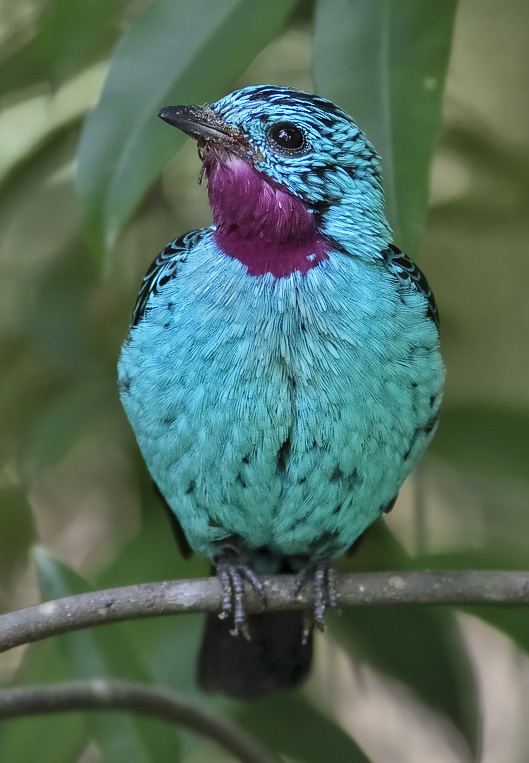
Olivaceous piha snowornis cryptolophus cotinga cerro montezuma tatama
Description
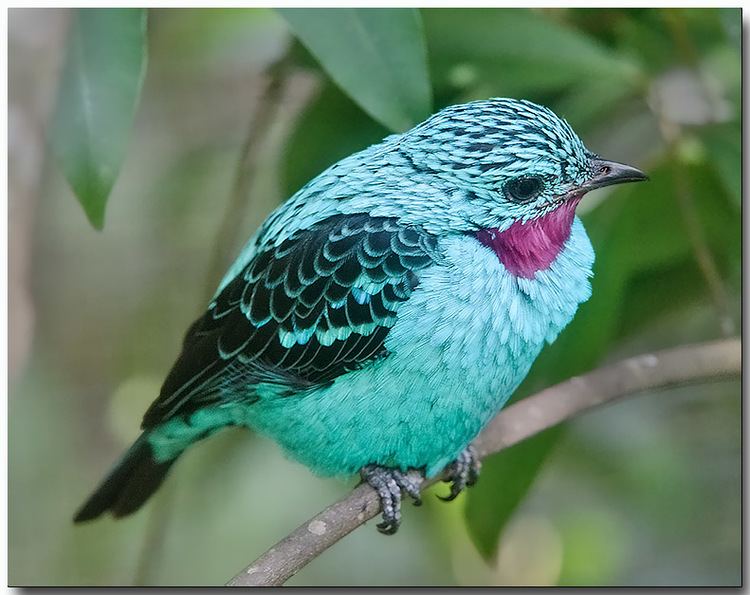
Cotingas vary widely in social structure. There is a roughly 50/50 divide in the family between species with biparental care, and those in which the males play no part in raising the young. The purple-throated fruitcrow lives in mixed-sex groups in which one female lays an egg and the others help provide insects to the chick.
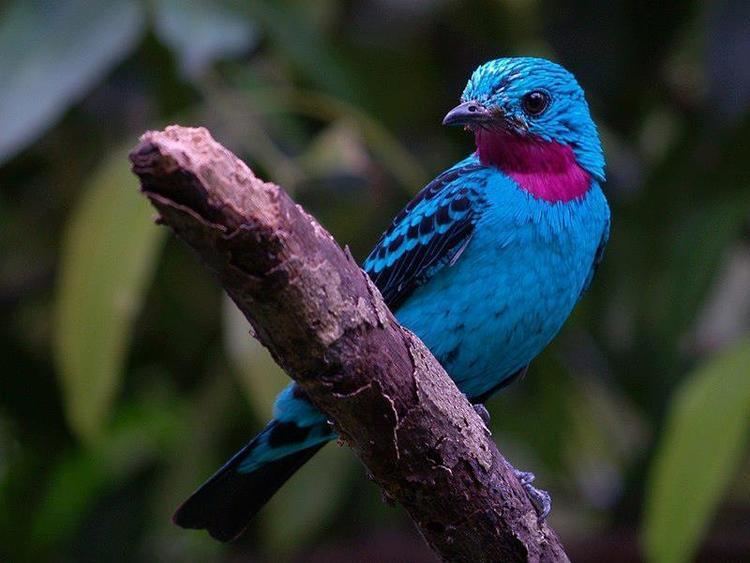
In cotinga species where only the females care for the eggs and young, the males have striking courtship displays, often grouped together in leks. Such sexual selection results in the males of these species, including the Guianan cock-of-the-rock, being brightly coloured, or decorated with plumes or wattles, like the umbrellabirds, with their umbrella-like crest and long throat wattles. Other lekking cotingids like the bellbirds and screaming piha, have distinctive and far-carrying calls. In such canopy-dwelling genera as Carpodectes, Cotinga, and Xipholena, males gather high in a single tree or in adjacent trees, but male cocks-of-the-rock, as befits their more terrestrial lives, give their elaborate displays in leks on the ground.
The females of both lekking and biparental species are duller than the males.
Breeding
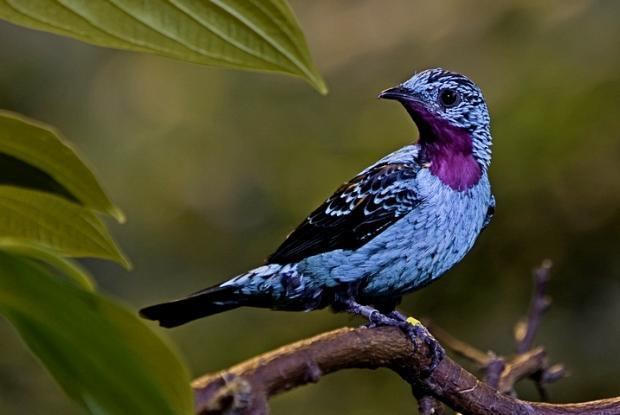
Nests range from tiny to very large. Many species lay a single egg in a nest so flimsy that the egg can be seen from underneath. This may make the nests hard for predators to find. Fruiteaters build more solid cup nests, and the cocks-of-the-rock attach their mud nests to cliffs. The nests may be open cups or little platforms with loosely woven plant material, usually placed in a tree. The clutches comprise one to four eggs. Incubation typically takes fifteen to twenty-eight days. Fledging usually occurs at 28-33 days.
Habitat
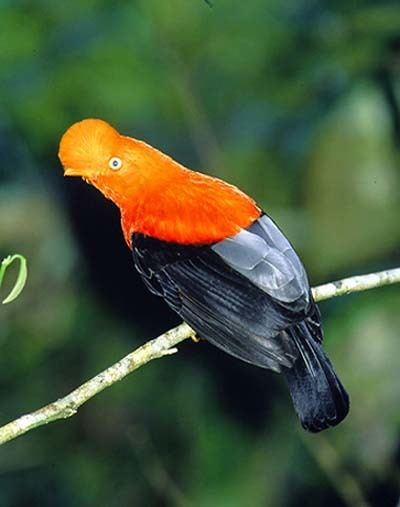
Deserts, open woodlands, coastal mangroves, and humid tropical forests. Cotingas face very serious threats from loss of their habitats.
Taxonomy and systematics

A number of species previously placed in this family have recently been placed in the family Tityridae (genera Laniisoma, Laniocera and Iodopleura)
